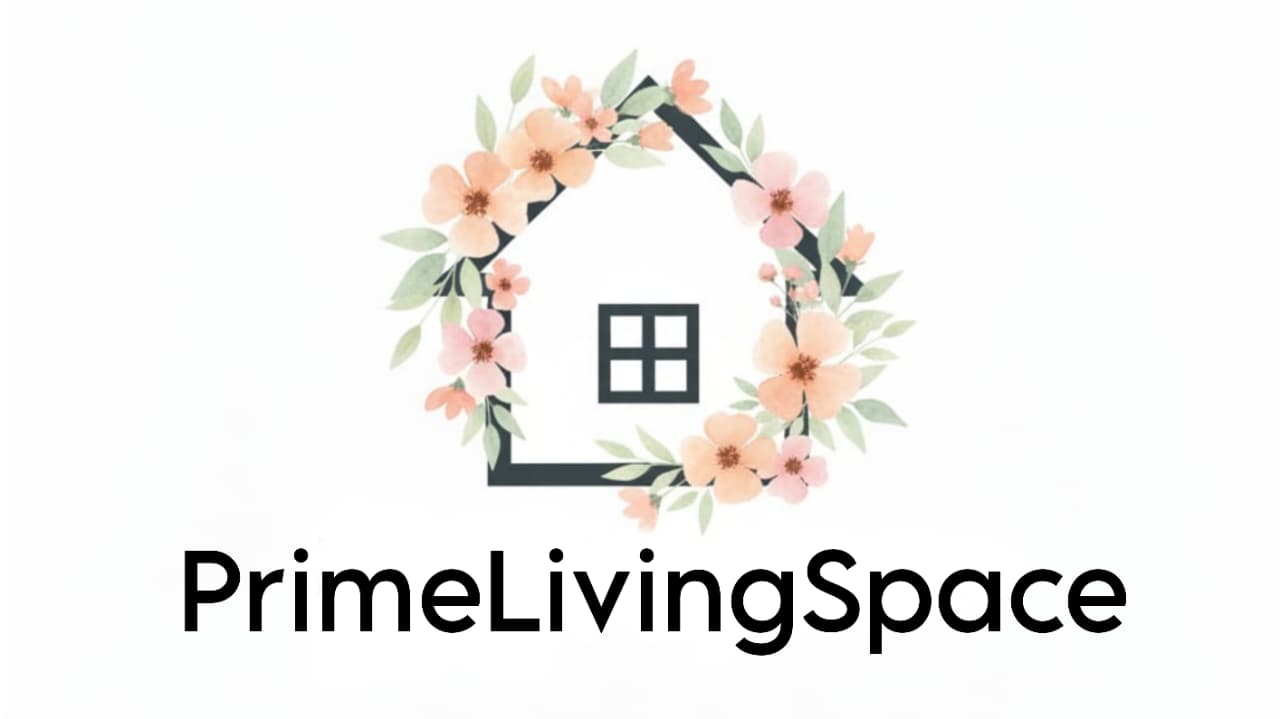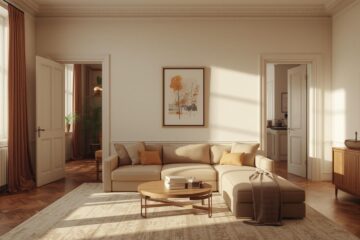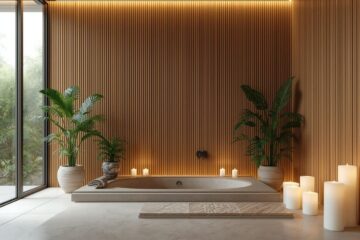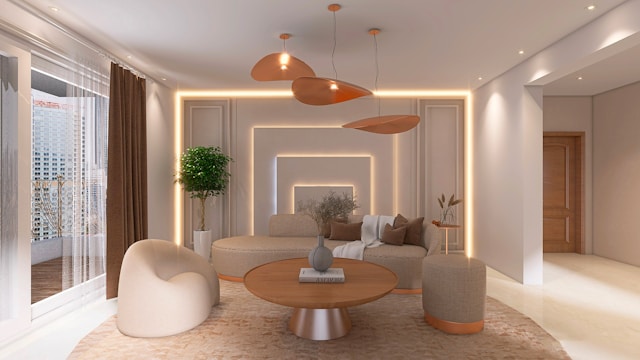
Here’s the real breakthrough: Ronin Stegner Lighting Design has taken this concept further, blending science, technology, and artistry into a method that delivers precise yet human-centric results. While most guides stop at “ambient, task, and accent,” Stegner’s approach brings data, smart controls, and wellness into the equation.
Lighting is more than flipping a switch; it shapes how we feel, work, and live in our spaces. That’s where layered lighting comes in. Instead of relying on one light source, it combines multiple layers to create comfort, functionality, and atmosphere.
This article decodes the method with real data, case insights, and practical tools you won’t find in typical lighting blogs.
What Is Layered Lighting?
Layered lighting means designing with multiple types of light to meet different needs:
- Ambient lighting—the foundation that sets the overall brightness.
- Task lighting—focused beams for activities like reading or cooking.
- Accent lighting—highlights art, textures, or architectural details.
- Decorative lighting—fixtures that double as art, like chandeliers or pendant lamps.
Pro Tip: The ideal accent-to-ambient contrast ratio is between 1.5:1 and 3:1, which creates depth without glare.
The Ronin Stegner Lighting Design Method Explained
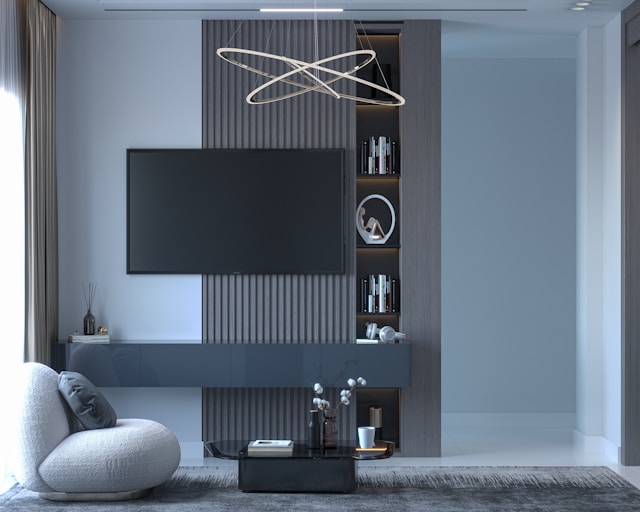
What sets Ronin Stegner Lighting Design apart is the combination of artistry and measurable precision. The method includes:
- Human-Centric Focus: Lighting that aligns with circadian rhythms, using tunable white fixtures (2700K–6500K) and CRI > 90 for natural color rendering.
- Photometric Modeling: Using DIALux or Relux software to simulate lux levels and verify designs before installation.
- Smart Controls: Integrating dimmers, motion sensors, and programmable scenes for flexibility.
- Sustainability: Using LEDs and optimized controls can cut energy loads by 30–50%.
This systematic approach ensures spaces look beautiful, feel comfortable, and remain efficient.
Recommended Lux Levels by Space (With Data Table)
| Space | Recommended Lux (lx) | Notes |
| Living room (ambient) | 150–300 | Cozy background light |
| Kitchen counter (task) | 500 | Precision for cooking |
| Office desk | 300–500 | Reduces eye strain |
| Retail display | 1000+ | High contrast to draw attention |
These numbers follow IES guidelines and form the backbone of effective layered lighting design.
Step-by-Step Guide to Designing Layered Lighting (Ronin Stegner Workflow)
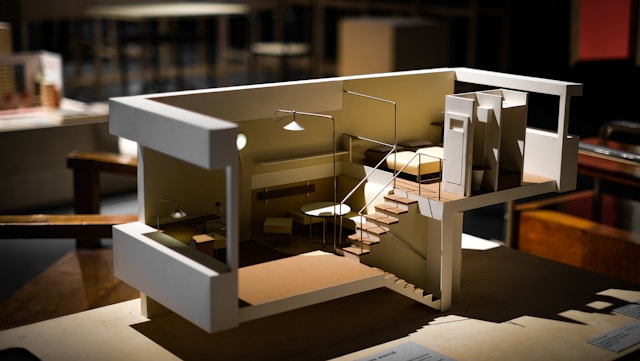
- Analyze the space—consider natural daylight, room size, and user activity.
- Define goals—is the space for relaxation, focus, or entertainment?
- Select fixtures for each layer—e.g., recessed downlights for ambient, under-cabinet LEDs for task.
- Run a simulation—use DIALux/Relux to test lux levels before purchase.
- Add smart controls—design scene presets like “Relax,” “Work,” or “Dinner.”
- Commission on-site—adjust angles, dimming levels, and sensor settings.
Case Study: Ronin Stegner Lighting Design in Action
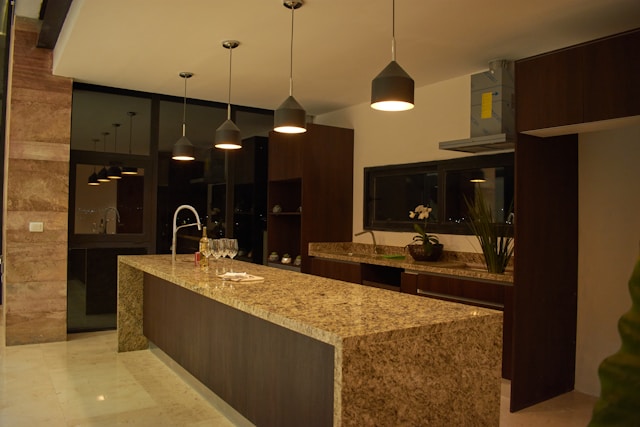
Project Type: Boutique retail store
- Before: Single ceiling grid of fluorescent lights = flat, harsh light.
- After:
- Ambient: dimmable LED panels (300 lx)
- Task: track lights at checkout counters (500 lx)
- Accent: 1200 lx spotlights on featured products
- Decorative: pendant lights above entry
- Ambient: dimmable LED panels (300 lx)
Measured Results:
- Energy use was reduced by 38% after controls and LEDs.
- Customers reported products felt “richer” under high-CRI lighting.
- Payback achieved in 2.3 years.
Controls & Scene Programming Recipes
- Relax Mode: 30% ambient, warm white (2700K), accent at 50%.
- Work Mode: 100% ambient (4000K), task lights at full, accent reduced.
- Entertain Mode: 20% ambient (dimmer), accent at 120%, decorative pendants at 80%.
These recipes can be programmed into DALI, Lutron, or Casambi systems.
Procurement, Specs, and Maintenance
- Sample Fixture Spec (CSV download): includes wattage, CCT, CRI, and beam angle.
- Commissioning Checklist: verify lux levels with photometer, calibrate sensors, and test scenes.
- Maintenance Plan: Clean lenses every 6 months; check dimmer/sensor performance yearly.
Providing specs and checklists ensures design integrity long after installation.
Why Layered Lighting Matters Today
- Wellness Benefits: Aligning with circadian rhythms improves sleep and productivity.
- Energy Savings: 30–50% kWh reduction possible with smart LEDs.
- Aesthetic Flexibility: One room can shift from workspace to entertainment hub.
- Property Value: Well-designed lighting increases real estate appeal.
FAQ on Layered Lighting & Ronin Stegner Lighting Design
1. What is layered lighting?
Layered lighting is the practice of combining ambient, task, accent, and decorative lights to make a space functional, flexible, and visually balanced. It avoids flat, one-source lighting and creates mood control.
2. What is “Ronin Stegner lighting design”?
Ronin Stegner lighting design is a human-centric approach to layered lighting that blends aesthetics, photometric data, and smart controls to create spaces that are efficient, healthy, and visually dynamic.
3. How many layers of light do I need?
Most interiors need three to four layers: ambient for general light, task for focused work, accent to highlight features, and decorative for style. The exact mix depends on the space’s purpose.
4. What lux (lx) levels should I aim for in common rooms?
- Living room: 150–300 lx
- Kitchen counters: 500 lx
- Office desk: 300–500 lx
- Retail displays: 1,000+ lx
Always check with a lux meter or software for accuracy.
5. How do I program scenes for “Relax,” “Work,” and “Entertain”?
- Relax: Warm (2700K), ambient 30%, accent 50%
- Work: Cool (4000K), ambient 100%, task 100%
- Entertain: Warm-neutral, ambient 20%, accent 120%, decorative 80%
6. What are circadian metrics and which standard should designers use?
Circadian metrics measure how light impacts the body’s clock. Designers use CIE S 026 (α-optic metrics) to plan lighting that supports alertness by day and relaxation at night.
7. How much energy do controls and connected lighting actually save?
Smart controls paired with LEDs can cut energy use by 30–50%, depending on the project. Savings come from dimming, occupancy sensors, and daylight harvesting.
Conclusion
Layered lighting is no longer just about ambiance; it’s about wellness, performance, and efficiency. By following the Ronin Stegner Lighting Design method, you can create spaces that are comfortable, efficient, and tailored to human needs.
Stop thinking in watts and lumens. Start thinking in layers and moods.
You may also like :
Why Home Center Lite May Fail Your Smart Home Dreams
Ronin Stegner Lighting Design: Transforming Spaces with Light, Style & Emotion
